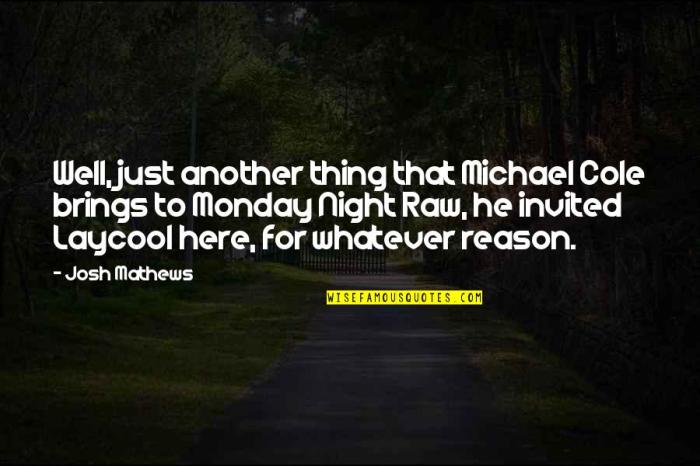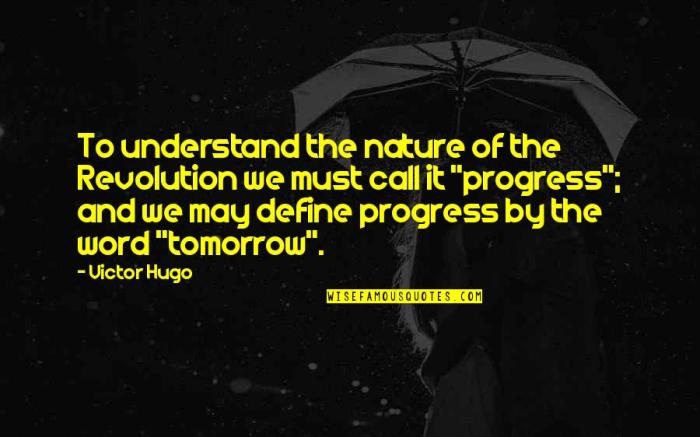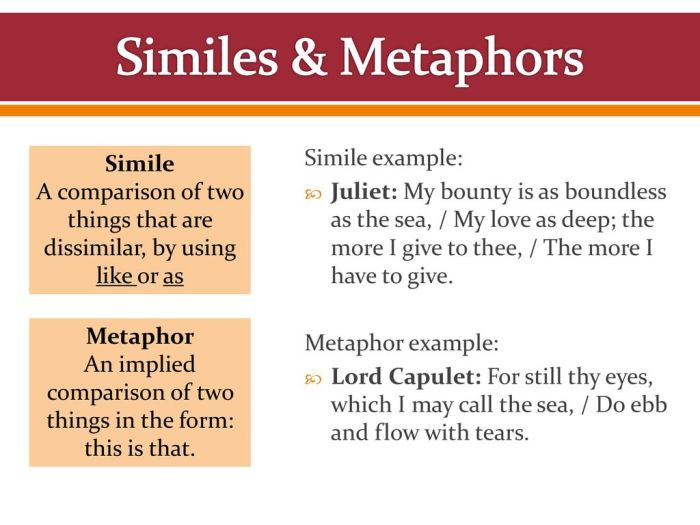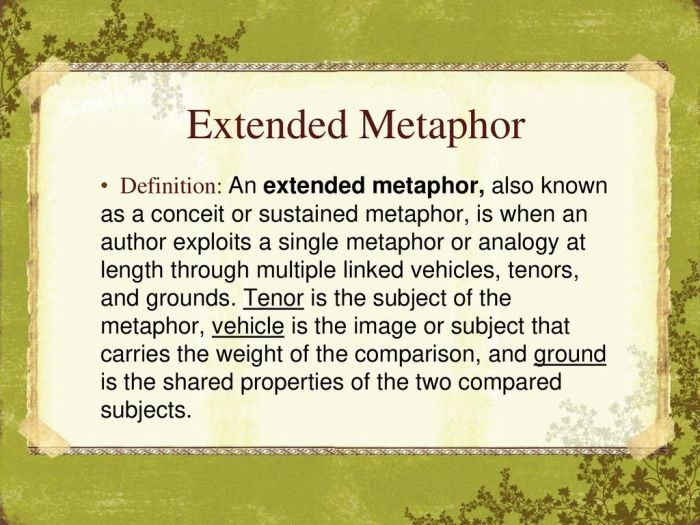Metaphors in Romeo and Juliet are a literary device that illuminates the play’s themes, characters, and plot, enriching the narrative with layers of symbolism and depth.
These metaphors are not mere figures of speech but powerful tools that shape our understanding of the play’s central ideas and emotions.
Definition of Metaphors

Metaphors are a type of figurative language that create a comparison between two unlike things without using the words “like” or “as.” They are used to describe something in a more vivid or imaginative way and can be found in all forms of literature.
There are different types of metaphors, including:
- Implied metaphors: These metaphors are not directly stated but are implied through the language used.
- Stated metaphors: These metaphors are directly stated using the words “like” or “as.”
- Extended metaphors: These metaphors are developed over several lines or even paragraphs and create a sustained comparison between two things.
Metaphors serve a variety of functions in literature, including:
- Creating vivid imagery: Metaphors can help readers visualize and experience the world in a new way.
- Making complex ideas more understandable: Metaphors can simplify complex concepts by comparing them to something more familiar.
- Eliciting emotions: Metaphors can evoke strong emotions in readers by creating powerful images and associations.
Metaphors in Romeo and Juliet

Metaphors are literary devices that compare two unlike things without using the words “like” or “as.” They are used to create vivid images and to express complex ideas in a concise and memorable way. Romeo and Juliet is filled with metaphors, which help to convey the play’s themes of love, hate, and death.
Juliet as the Sun
One of the most famous metaphors in Romeo and Juliet compares Juliet to the sun. In Act 2, Scene 2, Romeo says:
But soft! What light through yonder window breaks?It is the east, and Juliet is the sun.
This metaphor compares Juliet to the sun in several ways. First, Juliet is as beautiful and radiant as the sun. Second, Juliet brings light and warmth into Romeo’s life, just as the sun brings light and warmth into the world.
Third, Juliet is the center of Romeo’s universe, just as the sun is the center of our solar system.
This metaphor is significant because it reveals Romeo’s deep love for Juliet. He sees her as the most beautiful and perfect creature in the world. He also sees her as the source of his happiness and hope.
Love as a Sea
Another common metaphor in Romeo and Juliet compares love to a sea. In Act 1, Scene 1, Romeo says:
Love is a smoke made with the fume of sighs;Being purg’d, a fire sparkling in lovers’ eyes; Being vex’d, a sea nourish’d with lovers’ tears.
This metaphor compares love to a sea in several ways. First, love is as vast and powerful as the sea. Second, love can be both calming and stormy, just as the sea can be both calm and stormy. Third, love can be a source of both joy and sorrow, just as the sea can be a source of both joy and sorrow.
This metaphor is significant because it reveals the complex and ambivalent nature of love. Love can be a source of great happiness, but it can also be a source of great pain. Romeo’s metaphor suggests that love is a force that is beyond our control, and that we must be prepared to accept both the good and the bad that comes with it.
Thematic Significance of Metaphors

Metaphors in Romeo and Julietplay a pivotal role in conveying the play’s central themes and messages. They enhance the emotional impact of the narrative, illuminate character motivations, and explore the complexities of human nature.
Love as a Force of Nature
Metaphors comparing love to natural phenomena, such as storms, earthquakes, and fires, highlight the uncontrollable and passionate nature of Romeo and Juliet’s love. The metaphor of “lightning love” captures the sudden and intense nature of their affection, while the image of a “raging sea” conveys the overwhelming emotions that consume them.
The Conflict as a Tragedy
Metaphors related to darkness, disease, and death foreshadow the tragic outcome of the play. The metaphor of “a tale of woe” sets the tone for the tragic events that unfold, while the image of “a plague on both your houses” symbolizes the destructive nature of the feud between the Montagues and Capulets.
The Lovers as Victims, Metaphors in romeo and juliet
Metaphors comparing Romeo and Juliet to innocent victims, such as lambs, doves, and roses, emphasize their vulnerability and the external forces that lead to their demise. The metaphor of “star-crossed lovers” suggests that their fate is predetermined and beyond their control.
Structural and Narrative Use of Metaphors: Metaphors In Romeo And Juliet

Metaphors play a crucial role in shaping the structure and narrative flow of Romeo and Juliet. Their strategic placement and frequency enhance the play’s dramatic impact, thematic development, and emotional intensity.
Placement and Frequency
Metaphors are liberally scattered throughout the play, with a notable concentration in key scenes and speeches. This strategic placement highlights their importance in conveying pivotal emotions, shaping characterization, and advancing the plot.
Metaphors abound in Romeo and Juliet, weaving a rich tapestry of imagery that captures the essence of their tumultuous love. From “two star-cross’d lovers” to “death-mark’d love,” these metaphors paint a vivid picture of their forbidden romance. Conrad’s insightful analysis of “Much Ado About Nothing” reveals a similar use of metaphors, highlighting the complexities of love and deception.
Returning to Romeo and Juliet, the metaphor of “a rose by any other word would smell as sweet” underscores the enduring power of love, regardless of its outward form.
Narrative Flow
Metaphors often serve as transitions between scenes or acts, providing a bridge between different settings or time periods. They help maintain a smooth narrative flow and create a sense of continuity, despite the play’s episodic structure.
Emotional Intensity
The use of metaphors intensifies the emotional impact of certain scenes. For example, Romeo’s famous “Juliet is the sun” metaphor in Act II, Scene II, conveys his overwhelming passion and idealization of his love.
Thematic Development
Metaphors contribute to the development of the play’s central themes. For instance, the recurring “light vs. dark” imagery symbolizes the conflict between love and hate, while the “poison” metaphor foreshadows the tragic outcome.
Comparative Analysis of Metaphors

Metaphors in Romeo and Juliet hold a distinct place in Shakespeare’s literary repertoire. Comparing them to other Shakespearean plays and literary works reveals both similarities and differences in their function and impact.
One commonality lies in the use of metaphors to enhance the language’s beauty and imagery. In Romeo and Juliet, metaphors create vivid pictures, such as comparing Juliet to the “fairest sun” (II.ii.3). Similarly, in Macbeth, the famous “dagger of the mind” metaphor (II.i.33)
adds a haunting and evocative dimension to the character’s internal turmoil.
However, a key difference lies in the thematic significance of metaphors. In Romeo and Juliet, metaphors often reflect the play’s central themes of love and death. For instance, the “star-cross’d lovers” metaphor (Prologue.6) encapsulates the doomed nature of their romance.
In contrast, metaphors in Hamlet delve more into existential themes, such as the “to be or not to be” soliloquy (III.i.56-89), which explores the complexities of life and mortality.
Structurally, metaphors in Romeo and Juliet tend to be more concentrated in key scenes and speeches, creating moments of heightened emotion and impact. In other works like The Tempest, metaphors are more evenly distributed throughout, contributing to the play’s overall atmosphere and thematic development.
In terms of narrative use, metaphors in Romeo and Juliet often foreshadow events or reveal characters’ inner thoughts. The “death-mark’d love” metaphor (I.iv.110) foreshadows the tragic fate of the lovers, while the “pilgrim’s progress” metaphor (II.ii.122) reflects Juliet’s anticipation of her first night with Romeo.
FAQ Resource
What is the significance of the “star-cross’d lovers” metaphor?
This metaphor portrays Romeo and Juliet as victims of fate, suggesting that their love is doomed from the start due to external forces beyond their control.
How do metaphors contribute to the characterization of Romeo?
Metaphors such as “a book of love” and “a sea of sorrows” reveal Romeo’s romantic and passionate nature, as well as his susceptibility to emotional extremes.
What is the purpose of the “light and dark” imagery in the play?
This imagery symbolizes the contrast between the lovers’ pure and innocent love and the darkness and violence that surrounds them, foreshadowing the tragic events to come.
